German Schnellboot (S-boat), called by the Allies E-boat (‘enemy boat’).
History, development, service, specifications, pictures and 3D model.
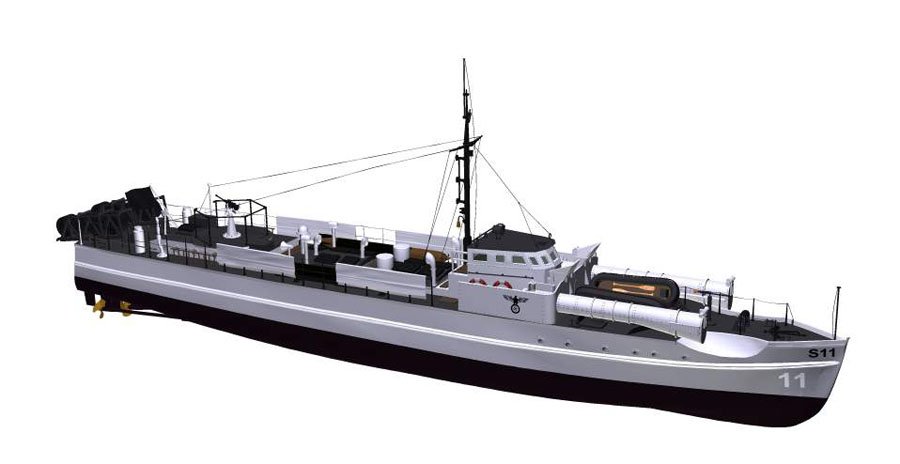
Speedboats (E-boats) and torpedo boats of the Kriegsmarine during the Second World War
Table of Contents
During World War II, the Kriegsmarine (German Navy) utilized various types of fast attack craft, including speedboats (Schnellboote or S-boats) and torpedo boats. These vessels played significant roles in coastal operations, convoy attacks, and special missions.
Overview
Schnellboote (S-boats):
– Also known as E-boats (Enemy boats) by the Allies
– Primary types: S-38 and S-100 classes
– Length: typically 32-35 meters
– Speed: up to 43-50 knots
– Armament: Usually two 533mm torpedo tubes, 20mm and 37mm anti-aircraft guns
– Crew: 21-30 men
– Used for coastal patrols, minelaying, and attacking enemy shipping
Torpedo boats:
– Larger than S-boats, but still considered small craft
– Main types: Type 35, Type 37, and Type 39
– Length: around 85-93 meters
– Speed: 32-35 knots
– Armament: Typically one 105mm gun, several smaller caliber guns, and torpedo tubes
– Crew: 110-119 men
– Used for coastal defense, escort duties, and offensive operations against enemy shipping
Both S-boats and torpedo boats were employed extensively in the English Channel, North Sea, and Baltic Sea. They were particularly active during the early stages of the war and played a role in operations such as the invasion of Norway and the evacuations from Dunkirk.
The S-boats were known for their speed, manoeuvrability, and relatively low profile, making them effective in hit-and-run attacks. Torpedo boats, being larger, were more suited for sustained engagements and could operate in rougher seas.
These vessels posed a significant threat to Allied shipping and naval operations throughout the war, particularly in coastal waters and during night operations. However, as Allied air superiority increased and radar technology improved, the effectiveness of these craft diminished in the later stages of the conflict.
S-Boat or E-Boat
E-Boat (German ‘Schnellboot’ or ‘S-boat’)
Type: Motor torpedo boat (MTB)
History
Identified by the British for some ill described purpose as an E-boat (‘Enemy boat’), the German Schnellboot, or S-Boot, differed significantly from the Royal Navy counterparts. Through the roots in a Lurssen civil type of the early 1930s, the S-boat was built of wood upon metal frames and received a round-bulged hull form that, although acquiring a lower maximum speed compared to the hard-handed British counterparts, had been greatly far more sea kindly. In the case, the S-boat could preserve its highest speed in sea states which pushed the British to throttle back to prevent extreme pounding.
Diesel-powered drive had been given from the beginning, although the prototype S1 of 1930 and the follow-on S2-S5 of 1931-32 were forced to take petrol machines while Daimler- Benz and MAN designed a appropriate device. Just with the S56-73 of 1934-35 did the three-shaft diesel design become established. These types of craft had been 32.4 m (106.3ft) long and run for 35 kts. This speed had been regarded as not enough, so within the next class the seven-cylinder diesels were replaced for 11-cylinder devices, increasing speed however requiring a rise in size to 34.7m (113.8ft), which continued to be amazingly persistent until 1945, in large difference to the selection of motorboats with the British flag.
Due to their bigger size the S-boats took their 2 torpedo tubes forward from the wheelhouse, providing room for 2 skid-mounted reloads abaft them. It had been then a minor design move from S26 onward to increase the forecastle by 1 m (3.28 ft), therefore enclosing the tubes and leaving a front gun-pit between them and, significantly, increasing the free board to obtain the craft a desirable dryness.
Always less noisy than British counterparts, the S-boats also were built with a profile which was difficult to spot without radar. Gun armament had constantly to be improved to check those of their enemies, the additional weight becoming balanced out to a large degree by enhanced weight saving methods of hull development and machines of greater power. Protection was improved through the use of the armored ‘Kalotte’ kind bridge. By 1945 speeds had been pressed (through highly unstable machines) to a maximum 42 kts and, whilst no longer, the S700 type released 2 additional, aft-facing torpedo tubes.
Over 200 S-boats had been built, of which about 50 % made it to the end of WW2.
Users: Germany (Navy), Spain (total of 5 boats in 1943).
Animated 3D model of E-boat
Specifications for E-Boat S26
Specifications:
E-Boat S26 | specification |
|---|---|
Type | Motor torpedo boat (MTB) |
Displacement | 93 tons |
Displacement (full loaded) | 115 tons |
Length | 114.67 ft |
Beam | 16.73 ft |
Draught | 4.6 ft |
Machinery | three Daimler-Benz diesels delivering 6,000hp to three shafts |
Power | 6,000 hp |
Oil | 17 tons |
Speed | 39.5 kts |
Range | 750 nm (864 miles) at 35 kts |
Crew | 21 |
Armament:
E-Boat S26 | specification |
|---|---|
Main Armament | 2x 20-mm-cannons |
Torpedo tubes | 2 (with 4 torpedoes) |
Anti-Submarine | 2 x depth-charge racks (total 8 depth-charges) |
Service Statistics:
E-Boats | figures |
|---|---|
Build time S1 class | 1929-30 |
Build time S18 class | 1938-39 |
Buold time S38 class | 1942-43 |
Build time | S186 class 1944-45 |
Total | over 200 built |
Remaining | about half survived |
References and literature
Fighting Ships of the World (Antony Preston)
Flotten des 2. Weltkrieges (Antony Preston)
Kriegsschiffe von 1900 bis heute – Technik und Einsatz (Buch und Zeit Verlagsgesellschaft)
The Encyclopedia of Weapons of World War II (Chris Bishop)


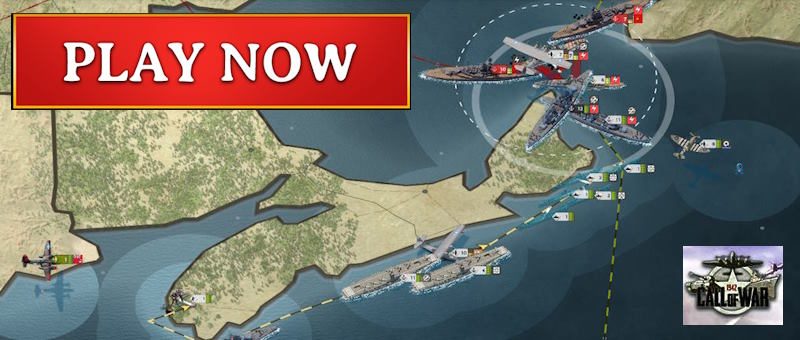

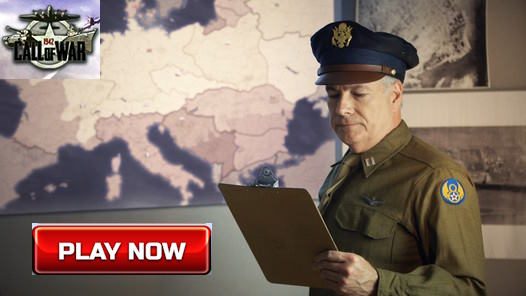
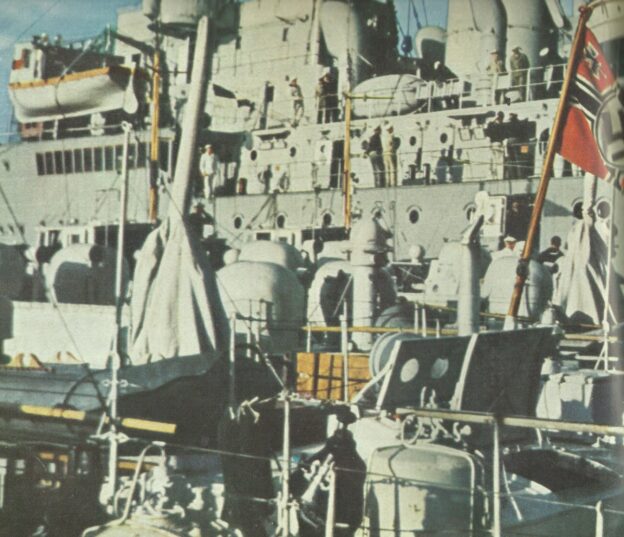
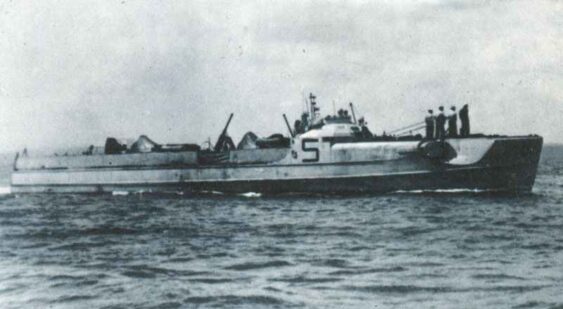
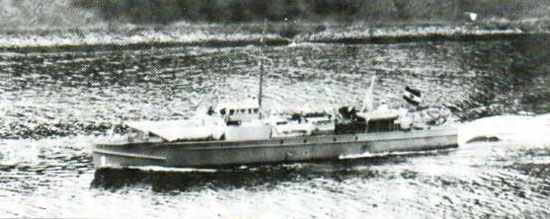





This post on E-boats is fascinating! I had no idea they played such a crucial role in WWII naval operations. The combination of speed and stealth made them quite a game changer. I’d love to learn more about specific missions they undertook!
This is a fascinating look at the E-boat and its role in World War II! I had no idea about the strategic advantages these vessels provided. It’s amazing how technology evolved during the war. Looking forward to more posts like this!
MY UNCLE SERVED ON AN E BOAT IN WW2 HE CAME TO AMERICA AFTER THE WAR IN 1951. HE LOVED IT HERE.
where can i find drawings of german e boats??
If and when you find them, I would be interested as well. Construction methods, mechanical drawings, anything at all.